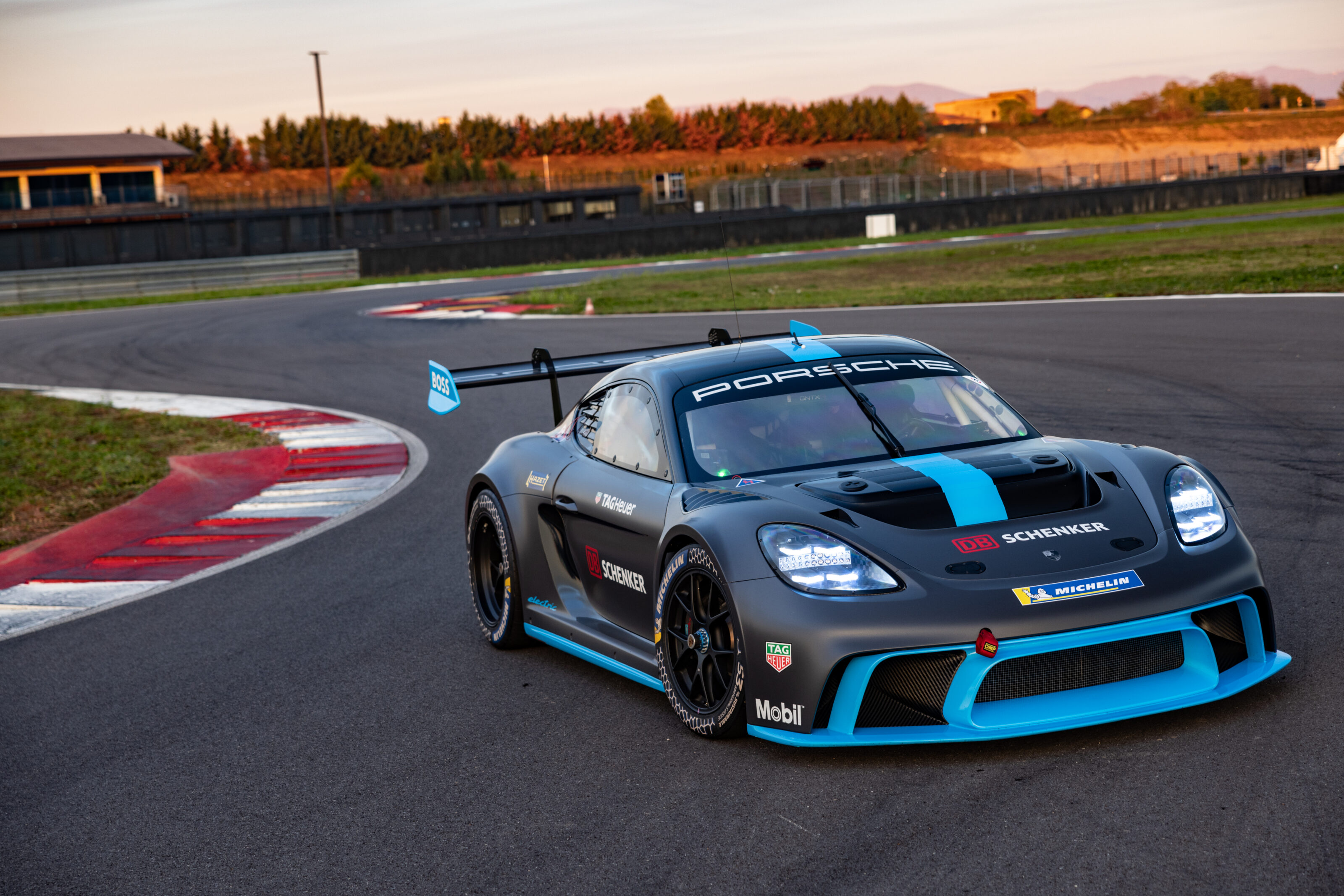The high-pitched whine of the GT4 ePerformance penetrates helmet and skull like a diamond-tipped drill.
By the end of the short straight of the Porsche Experience Center Franciacorta circuit near Brescia in northern Italy, the intensity of the noise is approaching painful. A full grid of race cars like this one-off would make a fierce racket.
Built to prove that electric power for a customer motorsport series can work, the GT4 ePerformance is the proof-of-concept successor to the beautiful Mission R show racer Porsche revealed in September 2021 at the IAA Munich mobility expo.
Around the 2.5 kilometre track the GT4 ePerformance is brutally impressive, especially its acceleration. Then the driver switches from 450kW race to 800kW qualifying mode…
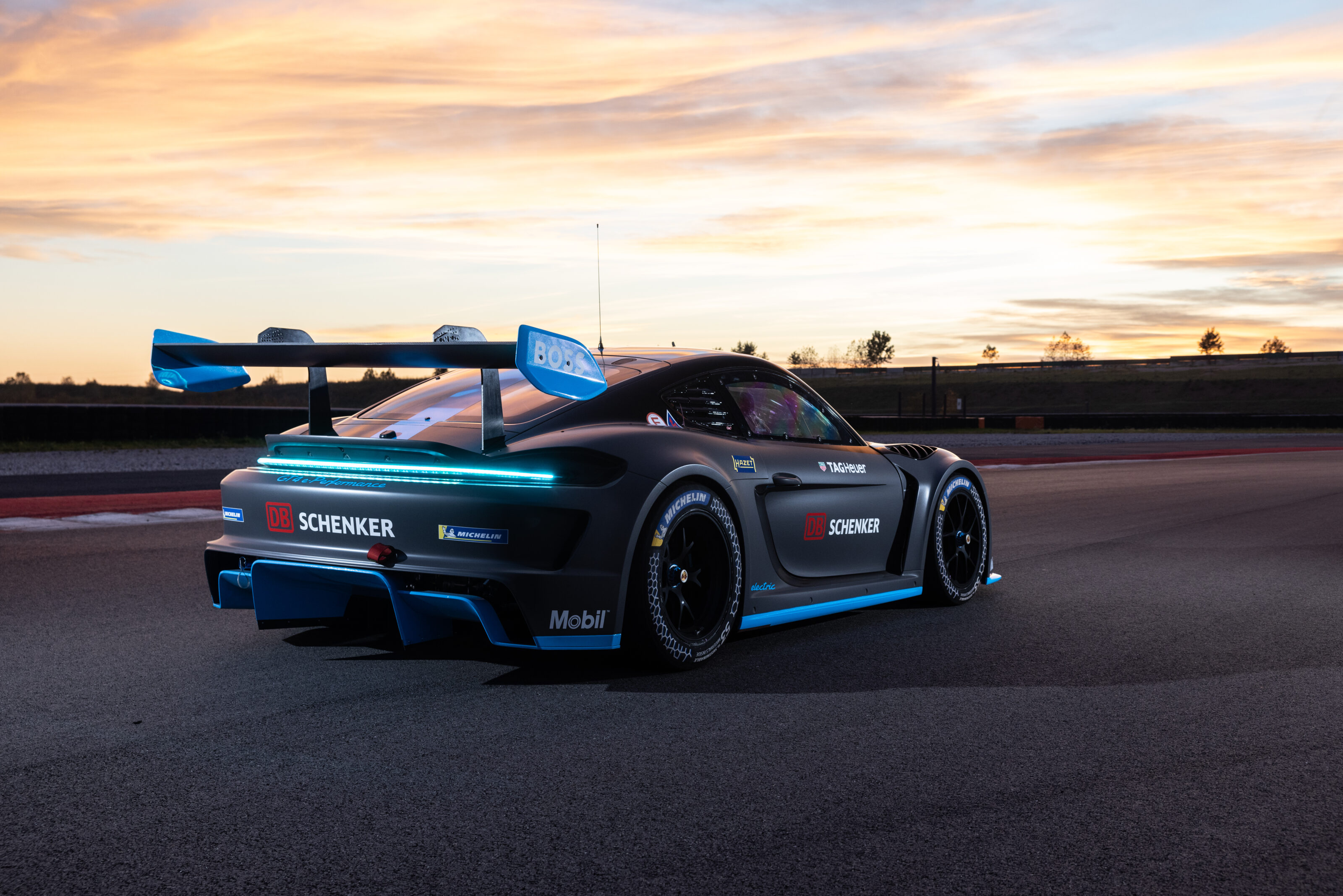
Porsche engineers working on the project proudly point out that in race mode the car can match the lap times of a current 911 GT3 Cup for the 30 minutes of a Carrera Cup race.
Based on a 718 Cayman GT4, Porsche engineers say 6000 parts were redesigned to create the ePerformance. The car is 140mm wider and wears broader wings and rubber.
It has two synchronous motors, one for each axle, and a three-part 900-volt oil-cooled battery pack. One segment is between the front suspension towers, another in the passenger footwell, and the third in what was the engine compartment behind the cabin. Overheating of the 900-volt batteries is never a problem, insist Porsche’s engineers.
Though the GT4 ePerformance is a powerfully persuasive project, Porsche’s Formula E team will lead the company’s quest to advance roadgoing EVs. This strategy makes a lot of sense, and is a perfect fit with the company’s credo.
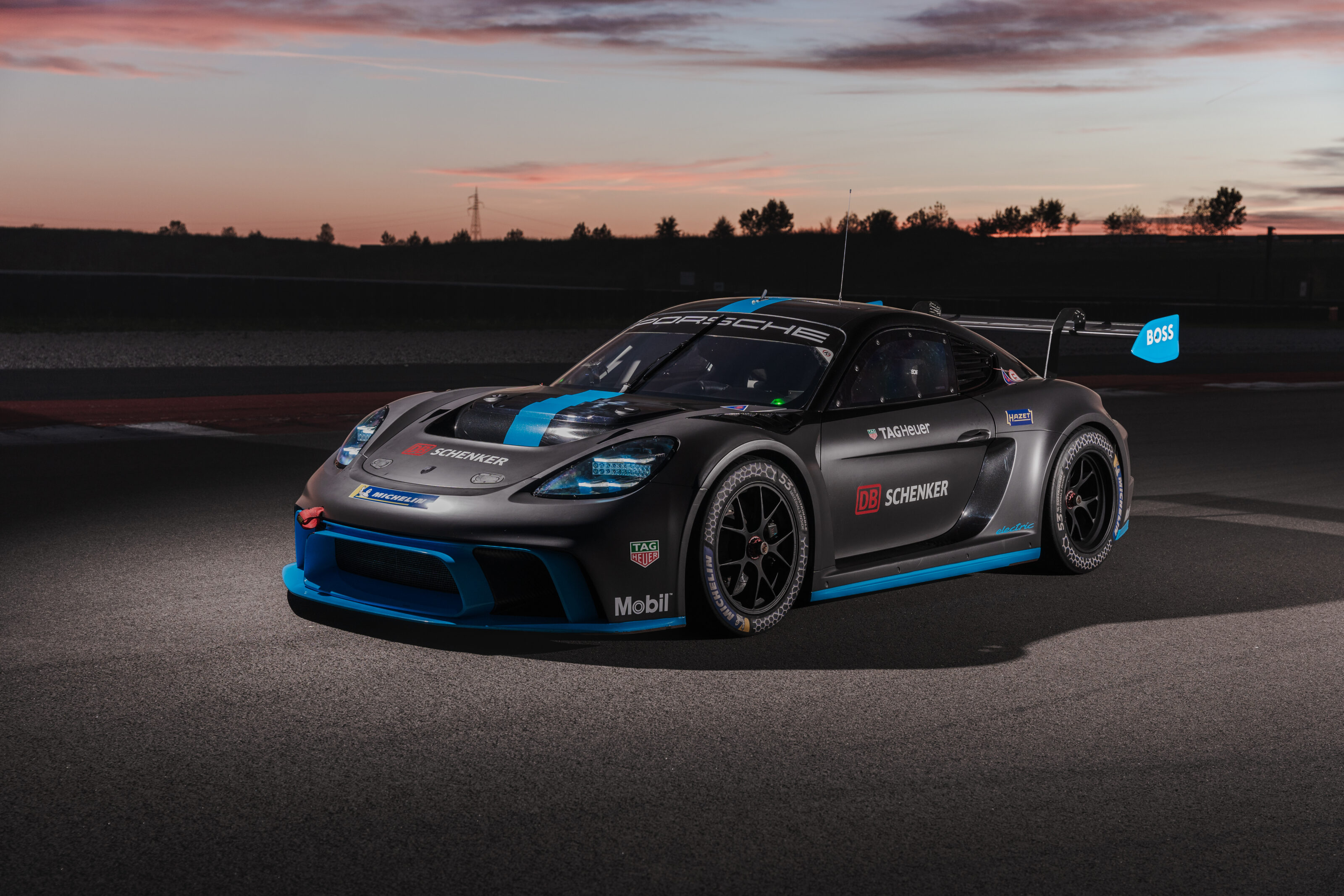
“We have a high-level motorsport project where we explore technology, and then we transfer it,” explains Porsche Formula E tech director Martin Füchtner.
The first step is to a racing category with more cars. “Like a small racing series, or whatever,” Füchtner says, “but with technology that is transferable to road cars and that is producible on mass-production numbers.”
“We do it in motorsport, because building a prototype like the GT4 (ePerformance) is nice, but you don’t have the pressure on to be maximum efficient and to be quick in your development phase.”
Füchtner believes Porsche’s Formula E team hothouse will speed roadgoing EV development in at least two areas; braking system management and motor power control electronics.

“Mastering these topics, especially the braking problem, is the key element also for our road cars of the future,” he says.
“If you think electric GT, and if you want to have a small battery in a light car, you want to do maximum recuperation and with high recuperation levels.”
This extra efficiency is exactly what’s also needed for an e-racer to be competitive. Stronger recuperation means more total energy to use over the course of a race, and the extra power means quicker lap times.
The company already builds one of the world’s best-driving EVs, the Taycan, and it’s clearly determined to use its motorsport division to help maintain its edge with future cars.
And there are a lot of Porsche EVs on the way. First to arrive will be the Macan EV in 2024. The replacement for the larger Cayenne SUV will be built on the same PPE platform, though a new, and likely larger, luxury SUV EV is also under development using the more advanced SSP platform. It’ll launch sometime before 2030.
But it’s the planned EV replacements for the Boxster and Cayman that will gain most from the Porsche’s Formula E team’s expertise. Due around 2025, these will use an all-new EV sports car platform.
We recommend
-
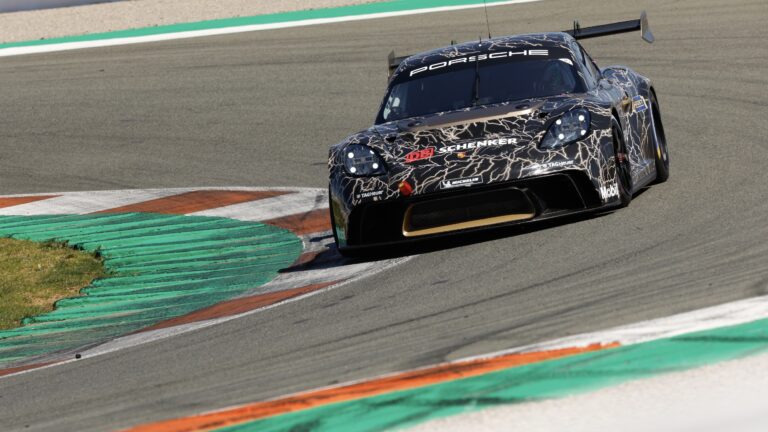 News
NewsPorsche 718 Cayman GT4 ePerformance showcases Mission R technology
The Mission R's powertrain is good enough to make a Cayman as quick as a 911 GT3 Cup
-
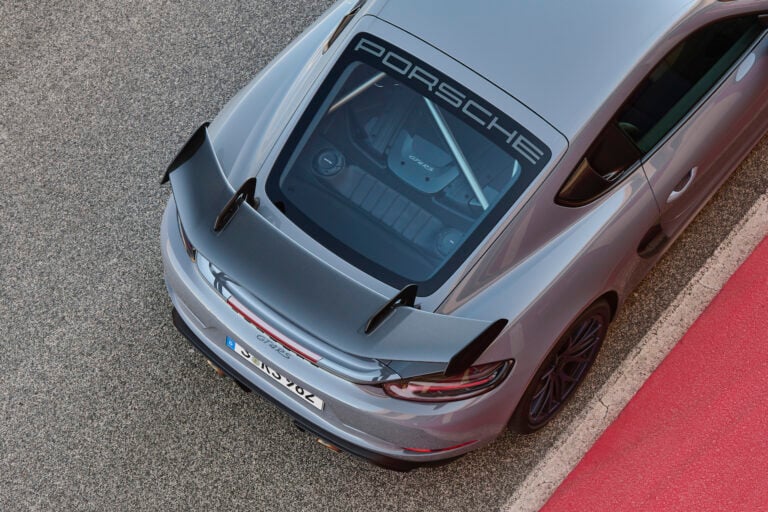 News
NewsThe first Porsche Cayman GT4 RS prototype was a manual GT3 RS-powered monster
Andreas Preuninger used a GT3 RS-powered prototype to convince Porsche executives that a Cayman GT4 RS should be put into production
-
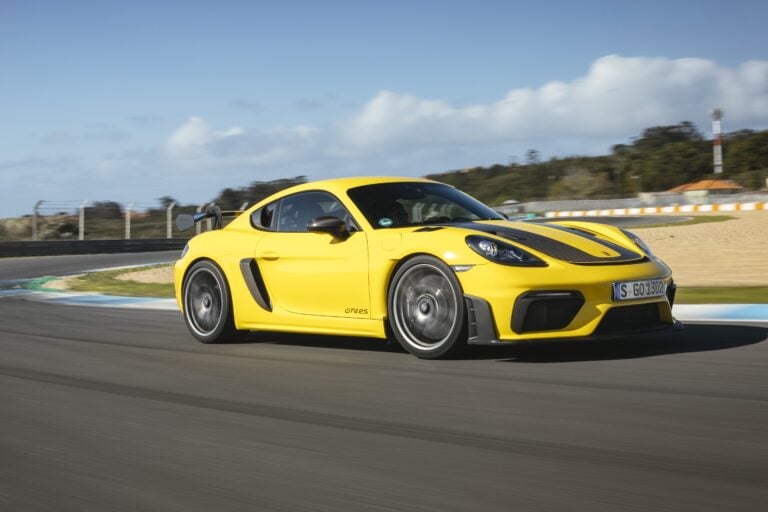 Reviews
Reviews2022 Porsche 718 Cayman GT4 RS review: First international drive
The heart of the Porsche 911 GT3 and mid-engine Cayman platform finally get the marriage we’ve always wanted


